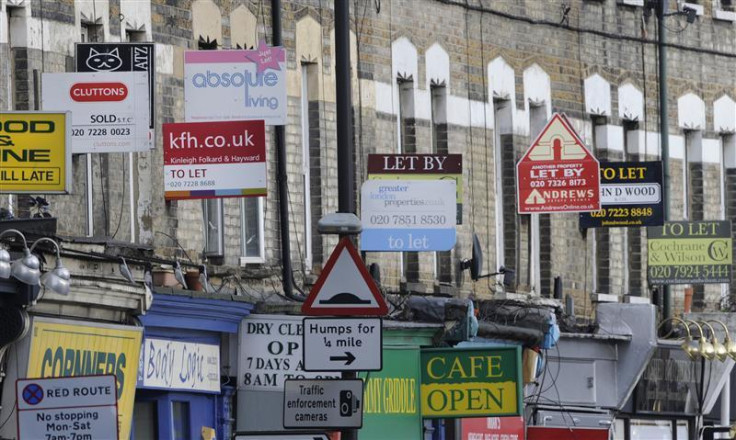UK housing: Buy-to-let boom sees mortgage lending to landlords hit post-crisis high in 2015

Buy-to-let mortgage lending hit its post-crisis high in 2015. The Council of Mortgage Lenders (CML) said gross lending for buy-to-let home purchases rose 26% year-on-year to £15.6bn ($22.5bn, €20.1bn), the highest since 2007 – when it was £23.1bn.
But landlords face a barrage of tax hikes from chancellor George Osborne. He first scrapped two significant tax reliefs for buy-to-let investors. One let them offset their buy-to-let mortgage interest payments against their income tax bills. The other was a "wear and tear allowance" which let landlords reduce their taxable rental income by 10% to account for property maintenance costs. Now they can only offset the cost of repairs actually carried out.
Osborne went further by announcing an extra 3% levy on top of existing stamp duty rates for the purchase of additional property. Landlord groups say some of their members are now considering abandoning the sector altogether, with would-be investors deterred. The Residential Lettings Association (RLA) surveyed over 1,100 of its members and found that 10% now plan to exit the market and 33% will consider no longer investing in buy-to-let.
The chancellor is prioritising increasing the home ownership rate. He has a number of first-time buyer schemes in place, such as Help to Buy and shared ownership, to make it easier and cheaper for aspiring home owners to take their first step onto the property ladder.
Gross lending to first-time buyers reached £46.7bn in 2015, up almost 4% on the year before. But the number of loans stalled in 2015 at 311,700, suggesting the value of gross lending rose because house prices increased, not because more first-time buyers entered the market. The ONS said the average house price rose 6.7% to £288,000 in the year to December 2015. However, in the final quarter of the year, first-time buyers took out 87,100 loans, said the CML, up 14% on the fourth quarter 2014 in a sign the situation is getting better.
"Improving economic conditions, boosted by government schemes like Help to Buy, saw the highest quarterly number of loans to purchase a home for eight years," said Paul Smee, director general of the CML. "The market has seen a gradual upward trajectory over the past few years, rather than rapid growth, and we'd expect this trend to continue with gross lending steadily increasing over the next two years."
© Copyright IBTimes 2025. All rights reserved.






















